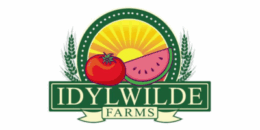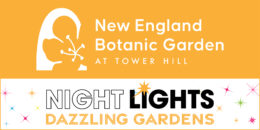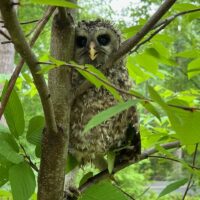“Feed the birds, ‘tuppence’ a bag” is a familiar Mary Poppins song. People feed the birds for lots of reasons, the least of which is the gratification that we are supporting and supplementing food sources for our feathered friends.
After all, humans build on land, replacing trees, shrubs, grasses, dunes and riverbanks with houses, mills, bridges, roads, parking lots and factories—land that otherwise would be available to birds to land on, forage around, and nest in.
We hang our feeders from tree branches or poles. Some of us are friendly to squirrels and let them share in the spoils, entertained by their antics. Other people wage battles with squirrels to ban them from the bird food bounty by greasing the poles, putting up plastic domes, metal baffles, or cones.
Wildlife experts share conflicting advice on feeding local bird populations on our properties. MassWildlife emphasizes that congregating wildlife into unnaturally high densities (under the feeder) increases the risk of disease spread, especially during warm weather where accumulated seed can spoil. MassWildlife and MassAudubon strongly suggest removing feeders from yards between March and November, the months when black bears are active.
MassAudubon reminds us that a number of Massachusetts’ hawk species prey on birds at feeders, most notably Sharp-shinned and Cooper’s hawks. The organization notes that predation is a natural occurrence in the lives of wild birds and mammals along with normally high mortality in most bird populations, including owls. Visit the MassAudubon website for information on how to store seed and clean feeders.
The bottom line is that people love to watch birds, count them, and marvel at their biodiversity. Migration alone is a Herculean feat for such a tiny animal that flies thousands of miles under the blazing sun, howling winds, and driving rains.
There are many other extremely effective ways to support birds besides feeding them. Donate to a worthy conservation organization. Plant native trees, shrubs, and perennials that provide food and habitat year ‘round. Don’t spray pesticides and herbicides. Insects are important to the food web cycle and there are other ways to protect ourselves from mosquitoes and ticks without spreading poison and carcinogens into the air, soil, and water. Avoid using rodenticide and educate others on the danger to owls and hawks who fatally ingest poisoned rodents.
Continue to watch, count, appreciate, and research these fascinating dinosaurs! It’s a hobby that will keep giving back to you. There’s always something new to learn. According to Emily Singer, Quanta Magazine (June 12, 2015) birds descended from a group of two-legged dinosaurs known as therapods, whose members include T-Rex. Not sure I want one of those snacking in my backyard, however! There are wonderful apps for identifying bird song and learning about nest engineering and remarkable adaptations and variations. According to BirdLife International, there are over 10,000 species of birds on Earth, each with their own unique appearance and habits. Birds are depicted in painting, sculpture, on fabric, and in every conceivable art form. Bird conservation is a great place to meet people and explore the planet, virtually and in person. Protecting open space is the best way to ensure avian survival.















